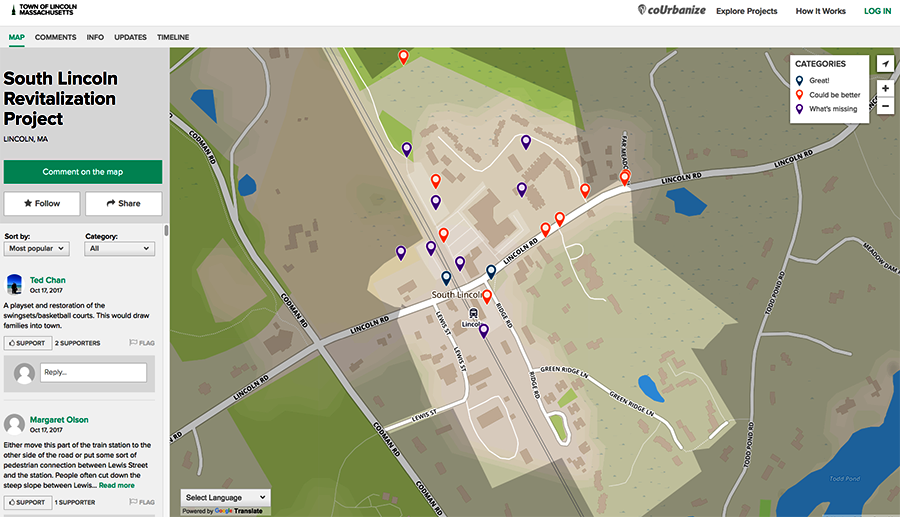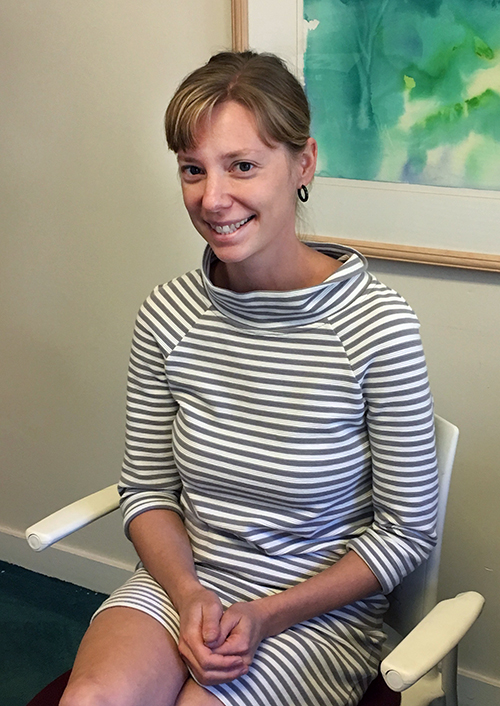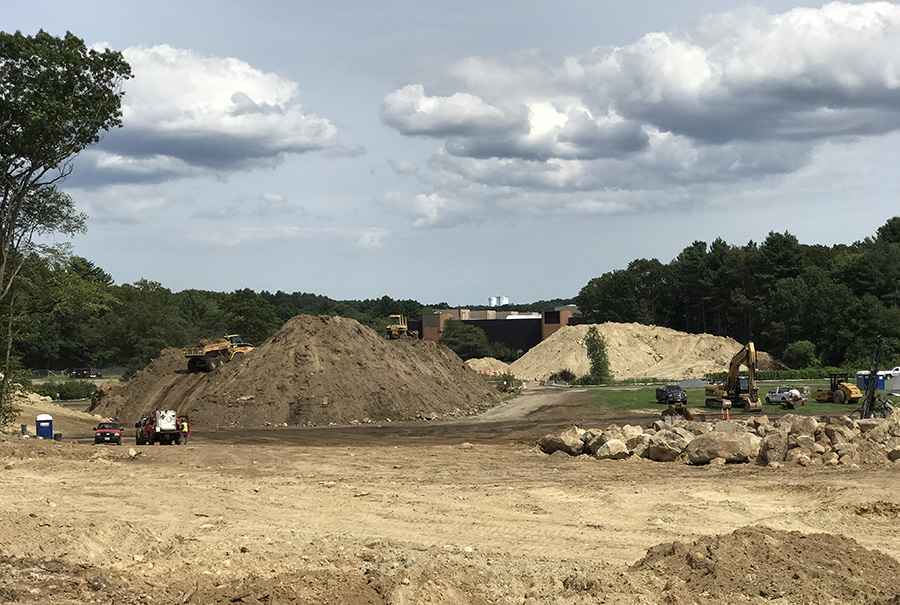 The Community Center Preliminary Planning and Design Committee (CCPPDC) has selected the firm of Maryann Thompson Architects to help design a proposal for a community center for Lincoln.
The Community Center Preliminary Planning and Design Committee (CCPPDC) has selected the firm of Maryann Thompson Architects to help design a proposal for a community center for Lincoln.
Massachusetts work by the Cambridge-based firm includes designs for the Atrium School in Watertown, the Broad Institute in Cambridge, the Walden Pond visitors’ center, and Temple Ahavat Achim in Gloucester. The firm is already working closely with SMMA Architects, which was hired to design the Lincoln School project.
The CCPPDC and the School Building Committee will present updates at the State of the Town meeting on November 4. By that time, “we want the two architectural firms to have spoken quite a bit and start aligning their processes and procedures, and maybe put a couple of community forums on the calendar,” said CCPPDC Vice Chair Margit Griffith.
Maryann Thompson Architects should have a proposed basic design for a community center along with firm cost estimates ready before an anticipated Special Town Meeting in June, when residents will be asked to vote on a school design, Griffith said. If and when residents decide to pursue the community center project, the town will ask for bids from firms to do the detailed design. “They’re not producing a plan for a community center that people vote on [in June] and break ground on,” she said.
The CCPPDC is drafting a timeline in conjunction with the SBC with “key choice points for decisions and deliverables by the architect,” said committee Chair Ellen Meyer Shorb. Designing a school and a community center simultaneously is “a really difficult, complex process that no one has done before, but the bottom line is to include the town early and often.”





